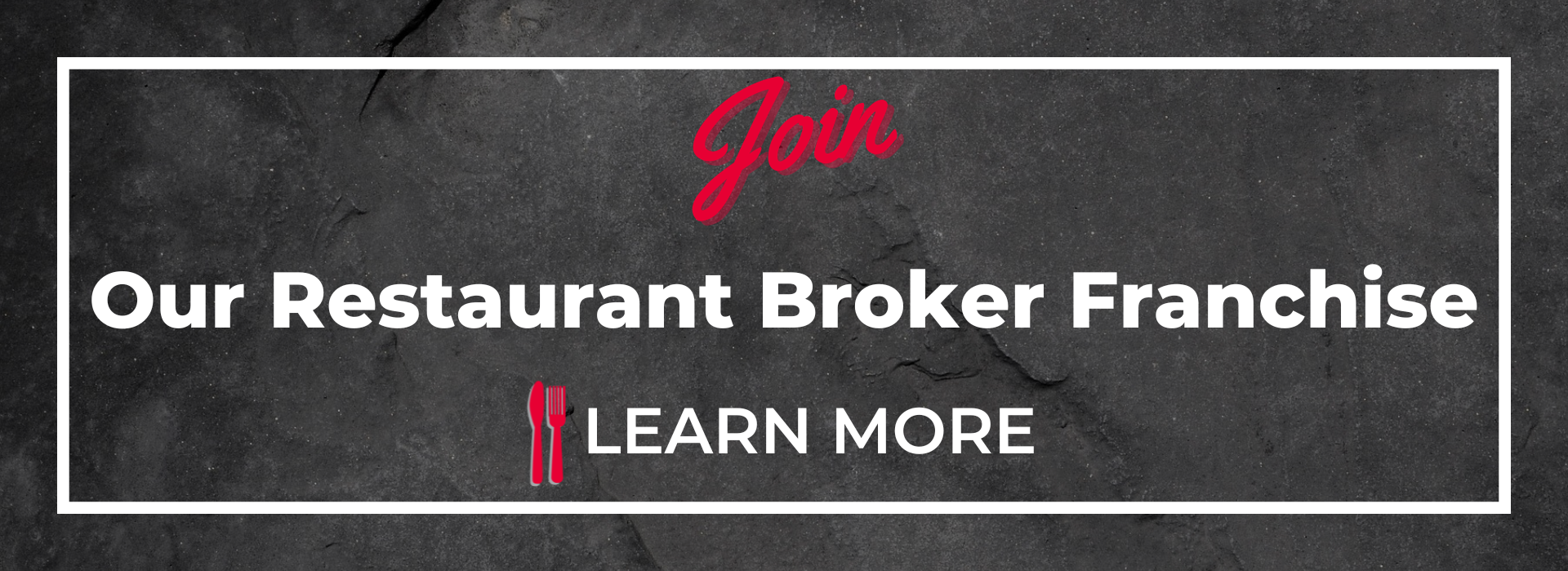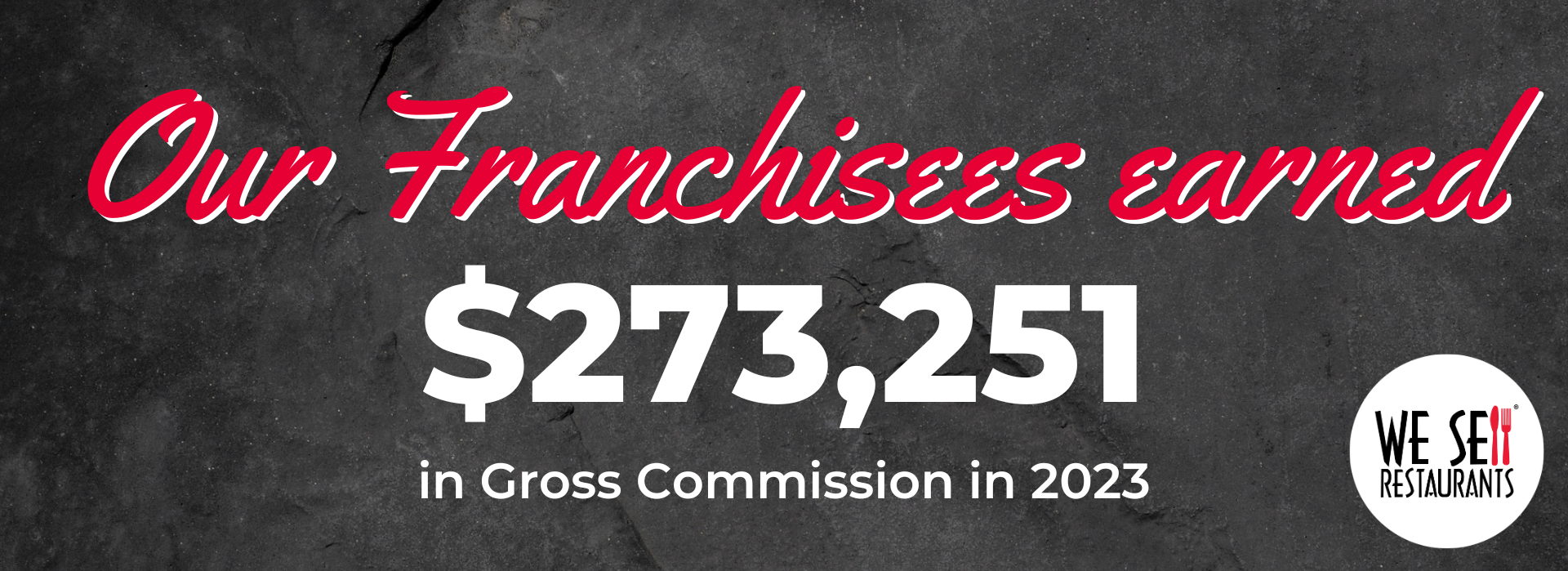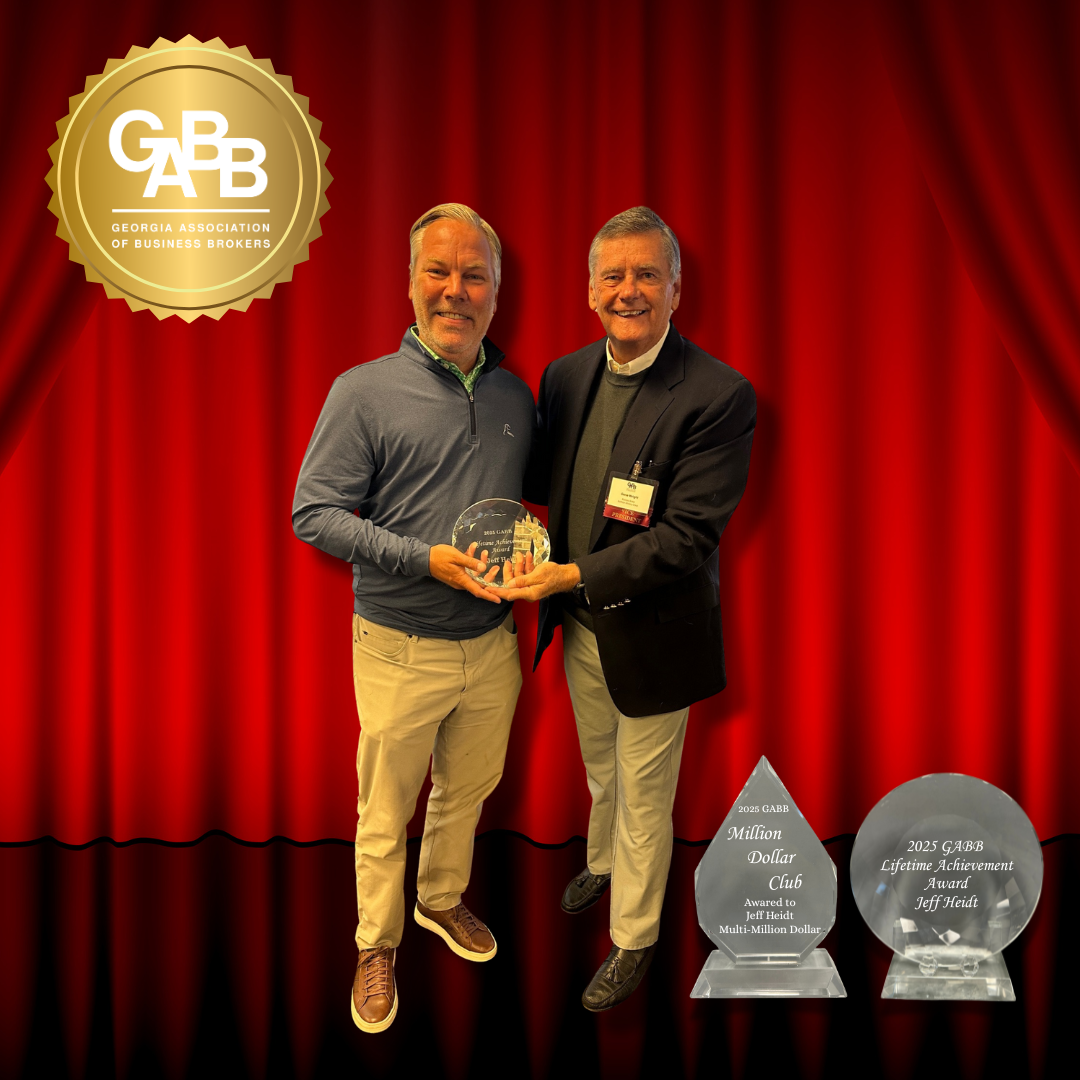Foreigners are still very interested in buying US businesses or creating them from scratch and as a further benefit the foreigners may get a green card in the process. The EB-5 Investor Immigration category to immigrate to the U.S. has become a way for many foreigners to get that elusive permanent residence status often called a green card.
In 1990 Congress invented a path to permanent residence called EB-5, Employment Based Immigrant category for those individuals that invest a million dollars in a new US commercial enterprise that will create 10 full time jobs (35 hours a week or more) within a conditional two year period or possibly invest $500,000 in a Targeted Employment area, determined by USCIS and/or the State to be beneficial to have that business in that location of the state. However, as the processing times for EB-5 cases continues to grow, investors will also be looking for other ways to immigrate to the US.
Is it difficult to get an EB-5 visa? Some investors just don’t have or don’t want to invest $1 million dollars in a US business to get a green card. That is why Congress also enacted a few exceptions to the criteria mentioned above, one of them is called the Regional Center. A Regional Center is defined by Immigration as any economic entity, public or private, which is involved with the promotion of economic growth, improved regional productivity, job creation and increased domestic capital investment. This type of Center once approved by Immigration, would require each investor to put in $1 million dollars and indirectly maintain the jobs there and if the location of the Center is in a “targeted employment area” that is an area that the state has determined is rural and has high unemployment figures then the investment could be as little as $500,000.
The Regional Centers are very popular as more and more foreigners that are well to do want to reside in the US on a permanent basis and if they have the financial means will put money into a Regional Center and will oversee their investment at some level. Congress was trying to create jobs for Americans and increase capital growth in our Country by creating the Regional Center.
Sometimes an investor will seize opportunities from businesses that are troubled and Immigration has issued EB-5 visas for “troubled businesses” when the business has been in existence for at least two years and has incurred a net loss during the 12 to 24 months period prior to the priority date on the immigrant investors application. The loss for this period must be at least 20 percent of the troubled business net worth prior to the loss. For those Buyers that purchase “troubled businesses” the investor does not have to create 10 new employees but maintain what is there, which can be much easier to do in this day and age.
Once the investor is committed to buying a new commercial enterprise, the issue arises will they properly comply with the conditional status that is initially given for a two-year period. Many EB-5’s fall apart because they can’t invest the money they have committed to over that two-year period, the money isn’t “at risk” or they can’t hire the 10 full time workers that they promised to. Immigration Regulations require the money for EB-5 to be “at risk” that is irrevocably committed to the US business and if it isn’t then it is not a true investment for EB-5 purposes. Investments do not always pan out as they were expected, so the government put in place rules to make sure the money stays in the U.S. on a long term basis in order to qualify for an EB-5. The long term expectations of the buyer needs to be learned to see if they qualify for an EB-5.
If a prospective buyer does not have $500,000 or even $1,000,000 another way for them to come here, is the E-2 non-immigrant investor visa. These are a popular way to come to the US while deciding to proceed with a green card application. There are no minimum investments amounts like the EB-5 but the regulations set forth by Immigration just state a, “substantial investment”, in my practice substantial has been at times as little as $100,000 in any type of business, except be wary immigration does not consider purchases of several US homes a business but rather a purchase of a franchise real estate company that sells homes that could be a business. Once E-2 classification is granted, the applicant can have it as long as they qualify and the regulations set forth by Immigration are in place for this type of visa category, but some individuals will continue to invest in their E-2 business till they have put $1 million of their own personal funds into the US business and turn their E-2 status into EB-5.
More recently, immigration attorneys have been coming up with creative ways to change E-2 non-immigrant investors to green card holders such as switching them into immigration categories such as: EB-1 extraordinary ability business developer or EB-3 a skilled workers and being hired by another US Employer once their green card is issued. Sometimes the spouse of an E-2 visa holder applies for a green card and once approved the immediate family members will get green cards as dependents. With an experienced immigration attorney, there may be other ways to immigrate to the US than EB-5 but an E-2 non-immigrant visa is still a popular way to start the process of coming to the US as an entrepreneur.
 Please feel free to contact Jessica Weiss an Immigration Attorney practicing 20 years in this field. She is with Weiss & Moy, P.C. that has offices in AZ, NV & FL. She can be contacted at her email of jessicaw@weissiplaw.com or 888-689-1862 ext. 204 or 480-994-8888. Free brief phone consults can be provided. Please see her new website at AttorneyJessicaWeiss.com for clear and concise charts on various visa processes. She also offers free brief phone consults to give you some initial direction.
Please feel free to contact Jessica Weiss an Immigration Attorney practicing 20 years in this field. She is with Weiss & Moy, P.C. that has offices in AZ, NV & FL. She can be contacted at her email of jessicaw@weissiplaw.com or 888-689-1862 ext. 204 or 480-994-8888. Free brief phone consults can be provided. Please see her new website at AttorneyJessicaWeiss.com for clear and concise charts on various visa processes. She also offers free brief phone consults to give you some initial direction.

 404-800-6700
404-800-6700.png)










